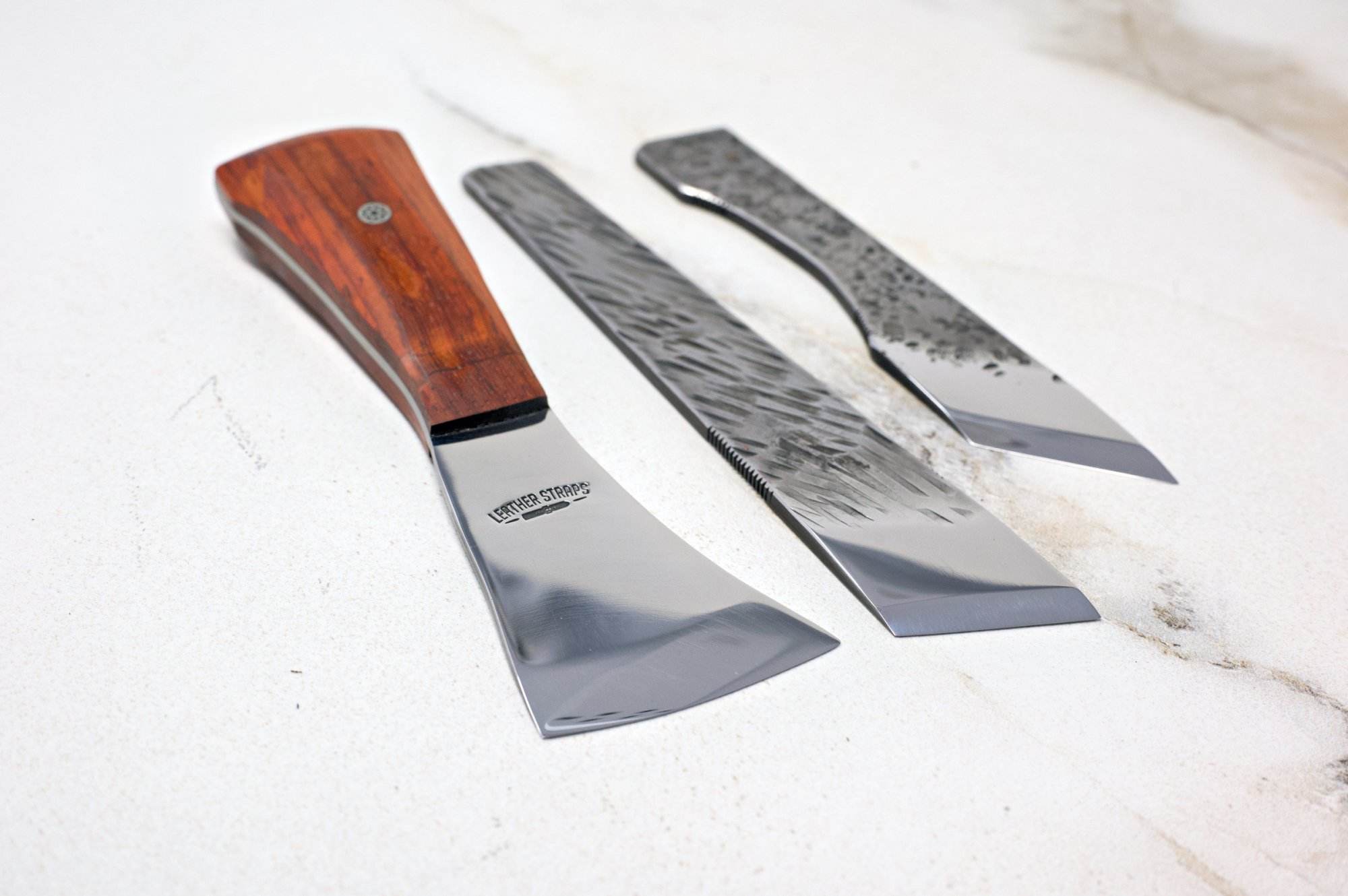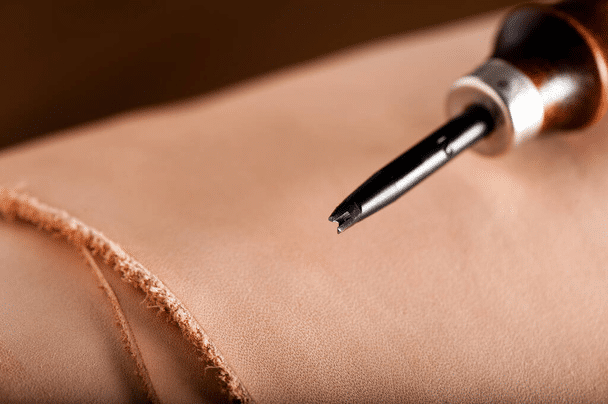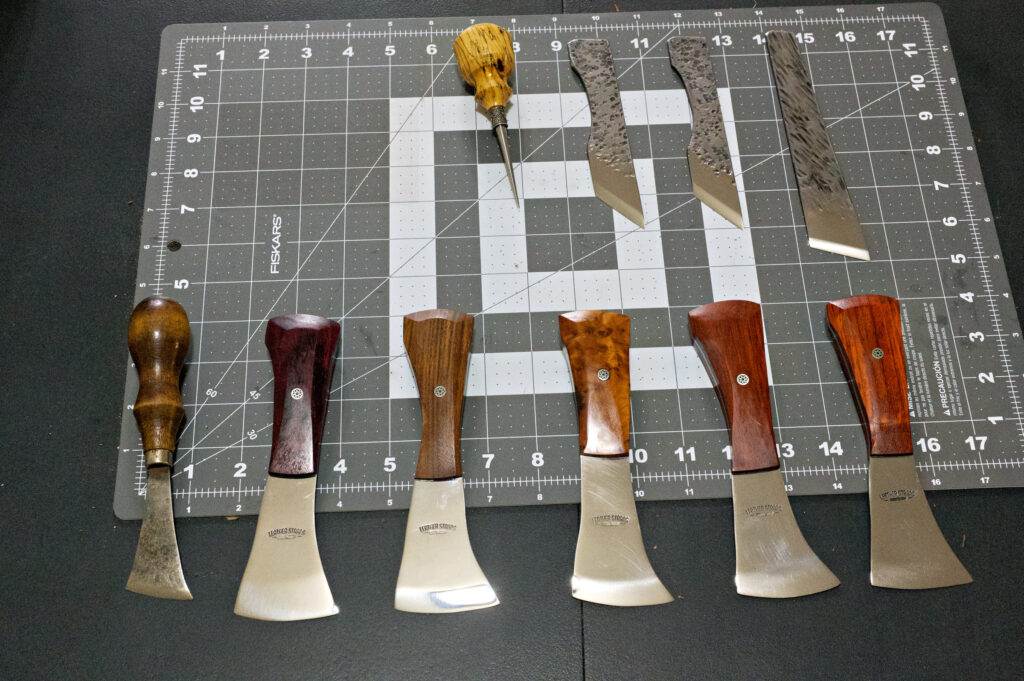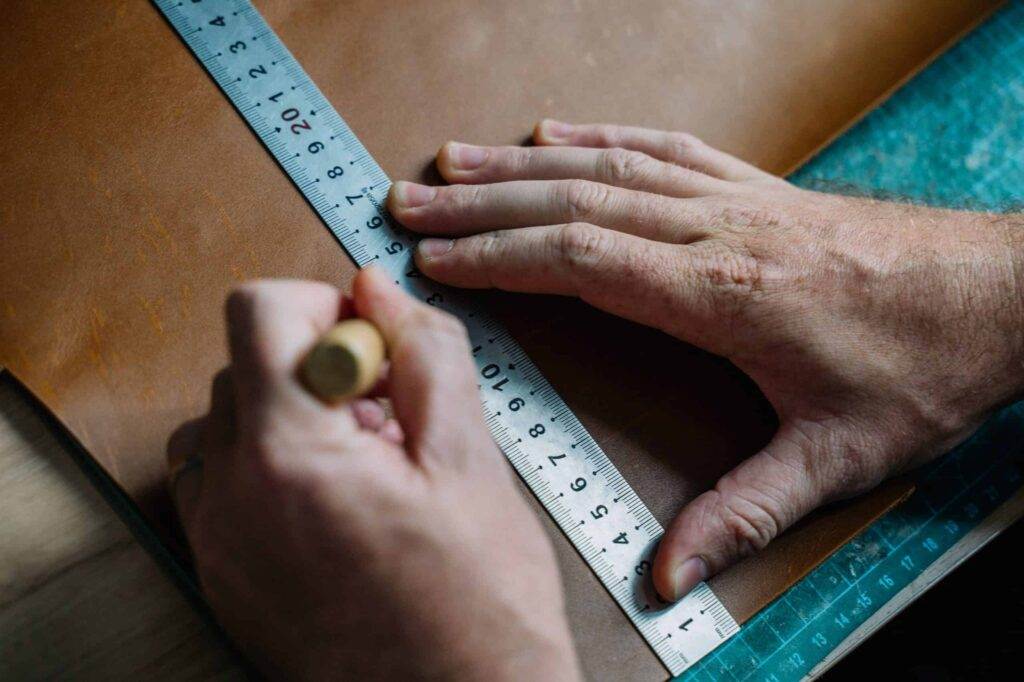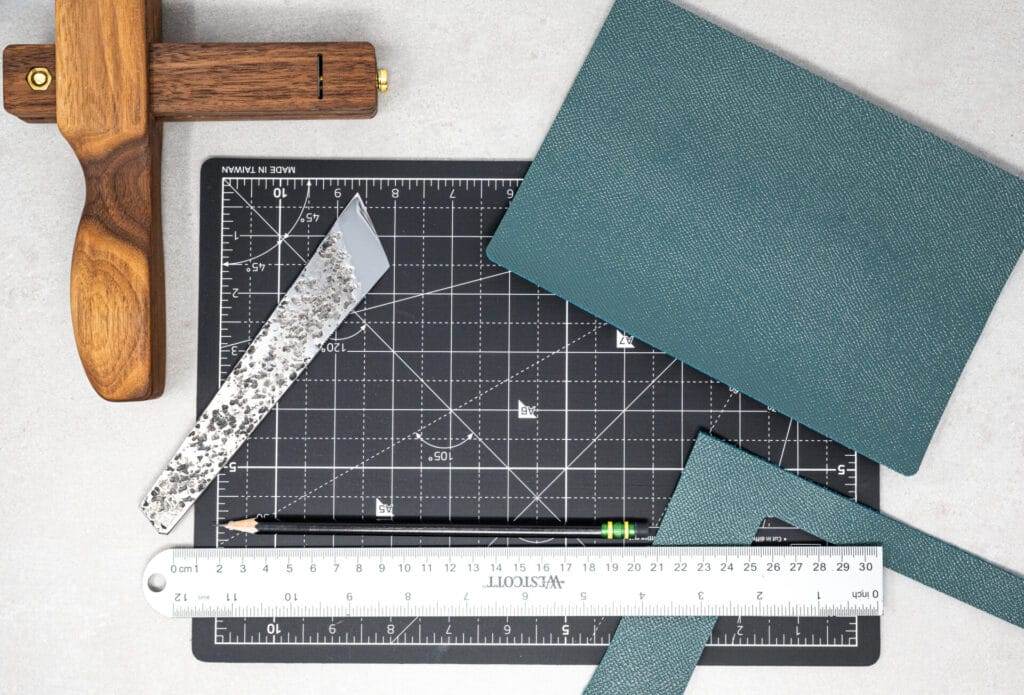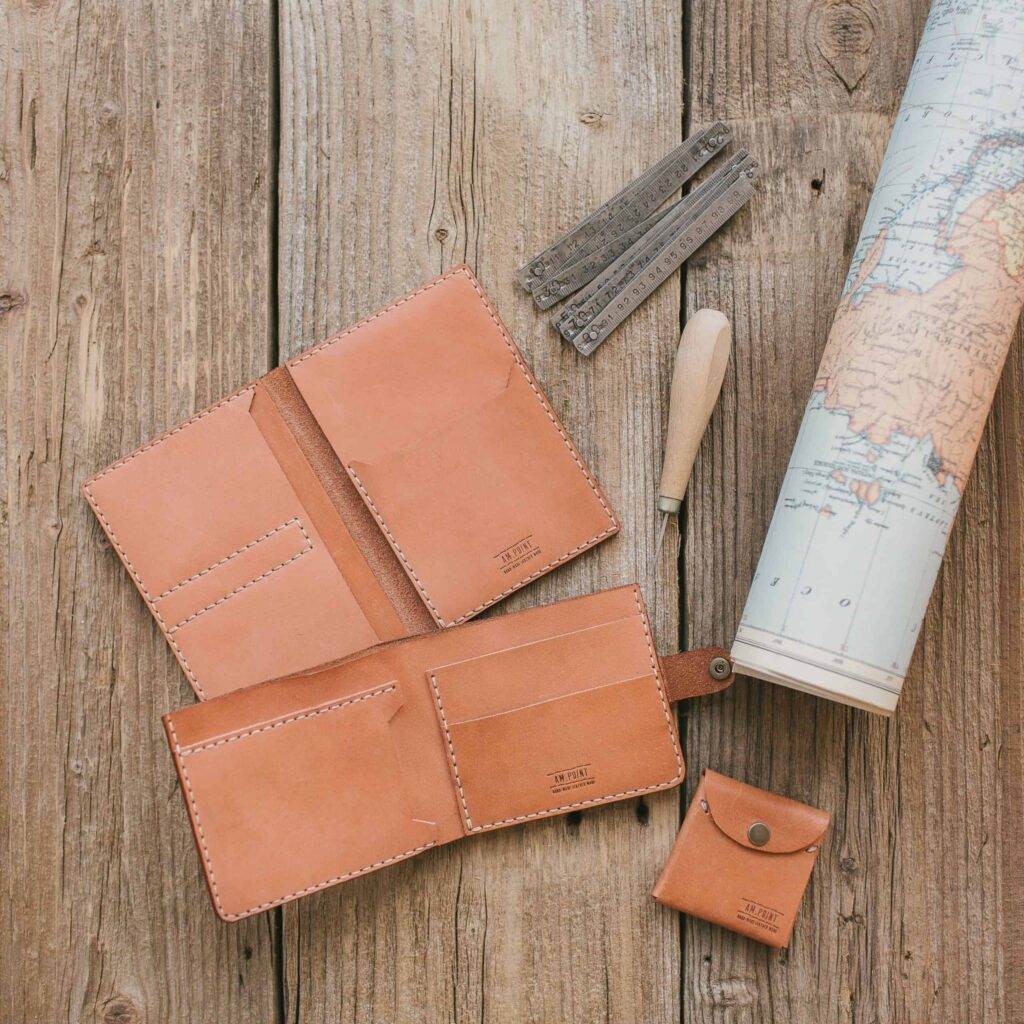Essential Leathercraft Skills for Beginners
Leather is a versatile material that has been used for centuries in various applications, from clothing to furniture. Understanding the different types of leather is crucial for anyone interested in leatherworking. The most common types of leather include full-grain, top-grain, corrected grain, and split leather.
Full-grain leather is the highest quality, made from the top layer of the hide, retaining its natural texture and imperfections. This type of leather is known for its durability and develops a beautiful patina over time, making it a favorite among artisans and consumers alike. Top-grain leather is similar to full-grain but has been sanded and treated to remove imperfections.
While it is still durable, it lacks the same character as full-grain leather. Corrected grain leather undergoes additional processing to achieve a uniform appearance, often featuring a synthetic finish that can mimic the look of higher-quality leathers. Split leather, on the other hand, is made from the lower layers of the hide and is typically less expensive.
It is often used for suede or as a backing material in various products. Each type of leather has its unique properties and applications, making it essential for leatherworkers to choose the right kind for their projects.
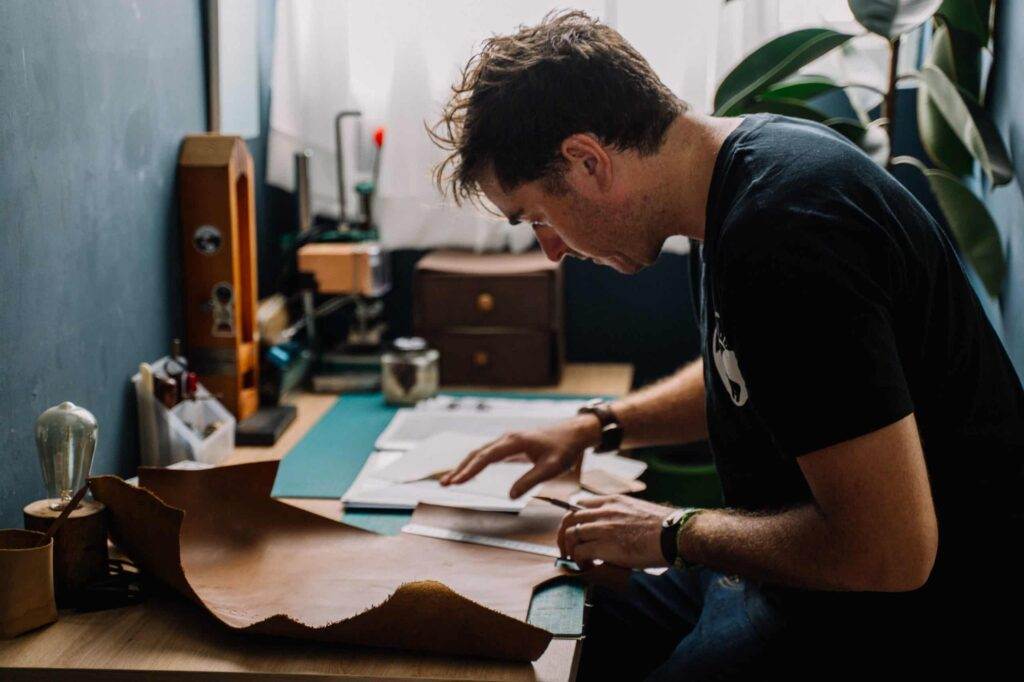
Key Takeaways
- There are various types of leather, including full-grain, top-grain, and genuine leather, each with its own unique characteristics and uses.
- Basic leatherworking tools and equipment include cutting tools, stitching tools, edge finishing tools, and hardware such as rivets and snaps.
- Leather cutting and stitching techniques include using a rotary cutter, leather shears, and stitching with a saddle stitch or a lock stitch.
- Dyeing and finishing leather involves using leather dyes, finishes, and conditioners to achieve the desired color and texture.
- Embossing and stamping leather can add decorative patterns and designs using tools such as embossing wheels and stamps.
- Creating leather patterns and templates is essential for accurately cutting and assembling leather pieces for a project.
- Basic leather care and maintenance includes cleaning, conditioning, and storing leather items properly to prolong their lifespan.
- Troubleshooting common leathercraft problems such as stitching issues, dyeing inconsistencies, and leather stretching can help improve the quality of leather projects.
Basic Leatherworking Tools and Equipment
To embark on a leatherworking journey, having the right tools and equipment is essential. A basic toolkit should include items such as a cutting mat, rotary cutter or utility knife, steel ruler, and a set of cutting dies. These tools will help you achieve clean cuts and precise measurements, which are vital for any leather project.
Additionally, a good pair of scissors specifically designed for cutting leather can be invaluable for intricate designs. In addition to cutting tools, stitching tools are equally important. A set of needles designed for leatherwork, along with waxed thread, will ensure strong seams that can withstand wear and tear.
A stitching awl is also a must-have; it creates holes in the leather for easy stitching. Other useful tools include edge tools for finishing the edges of your leather pieces and a mallet for striking punches or chisels. Investing in quality tools will not only enhance your craftsmanship but also make the process more enjoyable.
Leather Cutting and Stitching Techniques
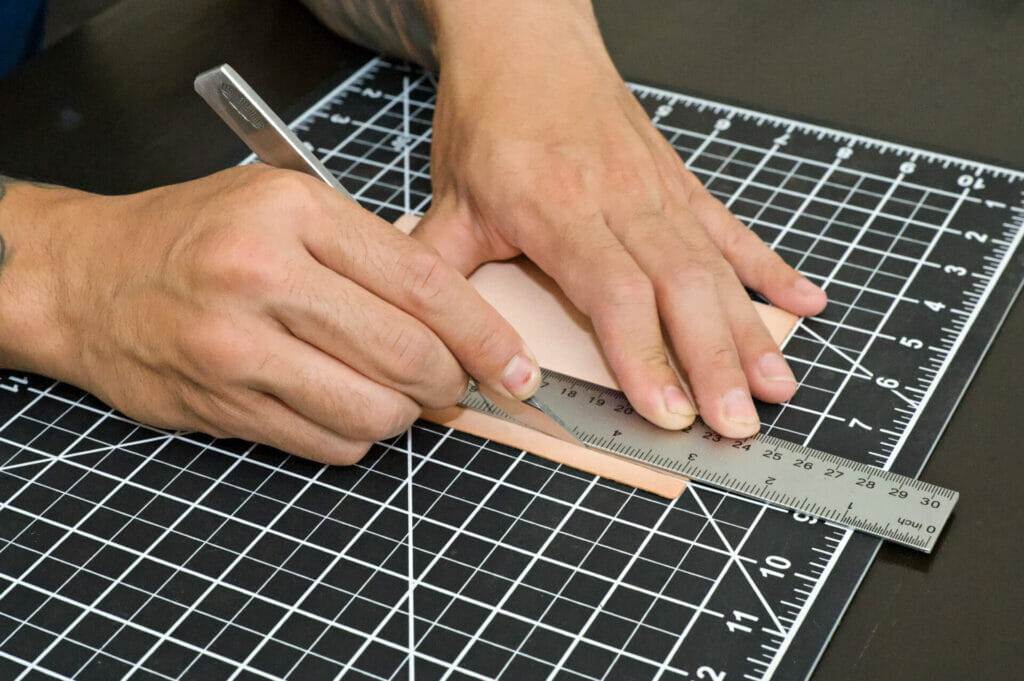
Cutting leather requires precision and care to ensure that each piece fits together seamlessly. When cutting leather, it’s important to use a sharp blade to avoid fraying or tearing the material. Always measure twice and cut once; this old adage holds true in leatherworking as well.
Using a steel ruler as a guide can help achieve straight cuts, while templates can assist in creating consistent shapes. For more intricate designs, consider using a rotary cutter, which allows for smoother curves and detailed cuts. Once your pieces are cut, stitching them together is the next step.
There are various stitching techniques to choose from, with saddle stitch being one of the most popular among leatherworkers. This method involves using two needles and a single thread, creating a strong and durable seam that is less likely to unravel over time. It’s essential to create evenly spaced holes using a stitching awl or chisels before beginning to stitch.
This not only ensures a neat appearance but also makes the stitching process smoother. Practicing these techniques will help you develop your skills and create professional-looking leather goods.
Dyeing and Finishing Leather
Dyeing leather can transform its appearance dramatically, allowing artisans to customize their creations to suit their preferences or match specific designs. There are several methods for dyeing leather, including using alcohol-based dyes, water-based dyes, or even natural dyes derived from plants. Each method has its advantages; alcohol-based dyes tend to penetrate deeply into the leather, providing vibrant colors, while water-based dyes are easier to work with and less toxic.
After dyeing, finishing the leather is crucial to protect it from wear and environmental factors. Finishing products can include sealants, conditioners, or waxes that enhance the color and provide a protective layer against moisture and dirt. Applying these finishes requires careful attention; too much product can lead to an uneven appearance or damage the leather.
It’s advisable to test any dye or finish on a scrap piece of leather before applying it to your project to ensure you achieve the desired effect.
Embossing and Stamping Leather
Embossing and stamping are techniques that add texture and design to leather surfaces, allowing artisans to personalize their creations further. Embossing involves pressing a design into the leather using heat and pressure, creating a raised effect that adds depth and interest. This technique can be used for logos, patterns, or decorative elements on bags, wallets, or belts.
Stamping, on the other hand, uses metal stamps to create impressions on the surface of the leather. This method is often used for lettering or simple designs and can be done with or without heat. Both techniques require practice to master; achieving consistent results takes time and patience.
Experimenting with different designs and tools will help you develop your unique style while enhancing your overall craftsmanship.
Creating Leather Patterns and Templates
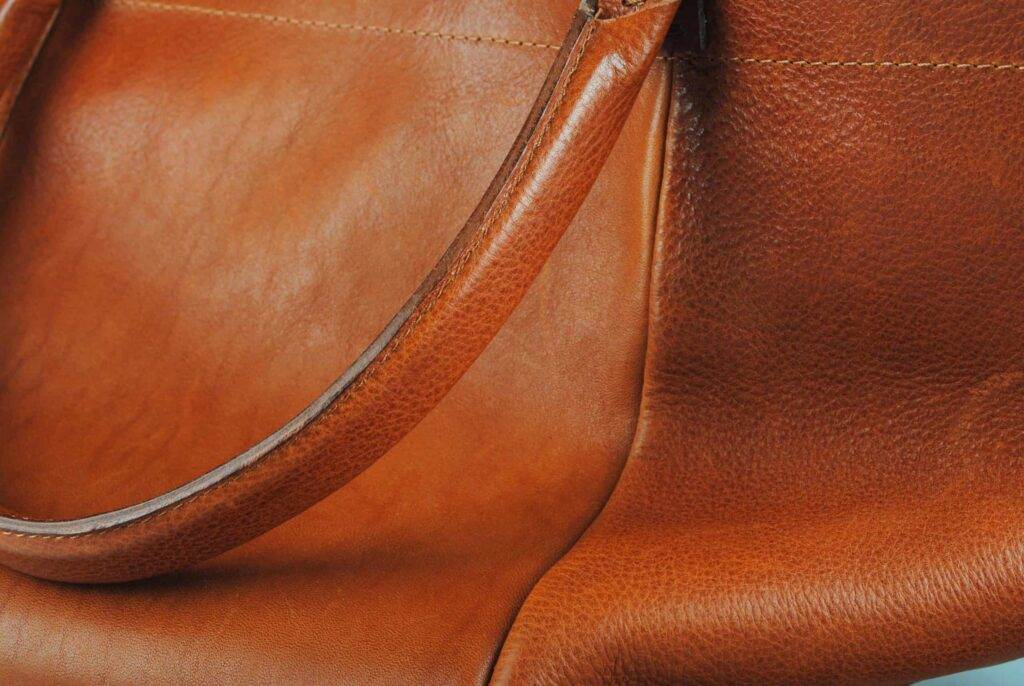
Creating patterns and templates is an essential step in leatherworking that ensures accuracy and consistency in your projects. Patterns can be made from paper or cardboard and should reflect the dimensions of your final product. When designing a pattern, consider all aspects of the item you wish to create, including seams, folds, and any additional features like pockets or straps.
Once you have your pattern ready, it’s helpful to trace it onto your chosen leather using a pencil or chalk specifically designed for this purpose. This will provide a clear guide for cutting your pieces accurately. Additionally, templates can be reused for multiple projects, saving time in future endeavors.
As you gain experience in creating patterns, you’ll find that this skill significantly enhances your efficiency and precision in leatherworking.
Basic Leather Care and Maintenance
Proper care and maintenance are vital for preserving the beauty and longevity of leather products. Regular cleaning is essential; dust and dirt can accumulate over time, leading to deterioration if not addressed. Use a soft cloth or brush to gently remove debris from the surface of your leather items.
For deeper cleaning, consider using a specialized leather cleaner that won’t strip away natural oils. Conditioning is another critical aspect of leather care. Over time, leather can dry out and lose its suppleness if not properly maintained.
Applying a quality leather conditioner helps restore moisture and flexibility while preventing cracks and creases from forming. It’s advisable to condition your leather items every few months or more frequently if they are exposed to harsh conditions or heavy use. By following these care guidelines, you can ensure that your leather goods remain beautiful and functional for years to come.
Troubleshooting Common Leathercraft Problems
Even experienced leatherworkers encounter challenges during their projects. Common issues include uneven dye application, frayed edges, or difficulty with stitching. Uneven dyeing can often be remedied by applying additional coats or using a different application technique; testing on scrap pieces beforehand can help avoid this problem in future projects.
Frayed edges can be addressed by trimming them carefully with sharp scissors or using edge tools to create a clean finish. If stitching becomes difficult due to thick layers of leather or misaligned holes, consider using an awl to create new holes or adjusting your stitching technique for better results. By understanding these common problems and their solutions, you can enhance your skills as a leatherworker while producing high-quality items that stand the test of time.
In conclusion, mastering the art of leatherworking involves understanding various types of leather, utilizing essential tools effectively, and applying techniques such as cutting, stitching, dyeing, embossing, and maintaining your creations properly. With practice and patience, anyone can develop their skills in this rewarding craft while creating beautiful and functional items that showcase their creativity and craftsmanship.
FAQs
What are essential leathercraft skills for beginners?
Some essential leathercraft skills for beginners include cutting leather, stitching, edge finishing, and tooling or embossing leather.
How can beginners learn leathercraft skills?
Beginners can learn leathercraft skills through online tutorials, workshops, classes, and by practicing with basic leathercraft tools and materials.
What tools are essential for leathercraft beginners?
Essential tools for leathercraft beginners include a cutting mat, cutting knife, stitching needles, stitching awl, edge beveler, edge slicker, and mallet.
What are some common leathercraft projects for beginners?
Common leathercraft projects for beginners include making simple wallets, cardholders, keychains, and small accessories.
What are some tips for beginners to improve their leathercraft skills?
Some tips for beginners to improve their leathercraft skills include practicing regularly, experimenting with different techniques, seeking feedback from experienced crafters, and investing in quality tools and materials.

